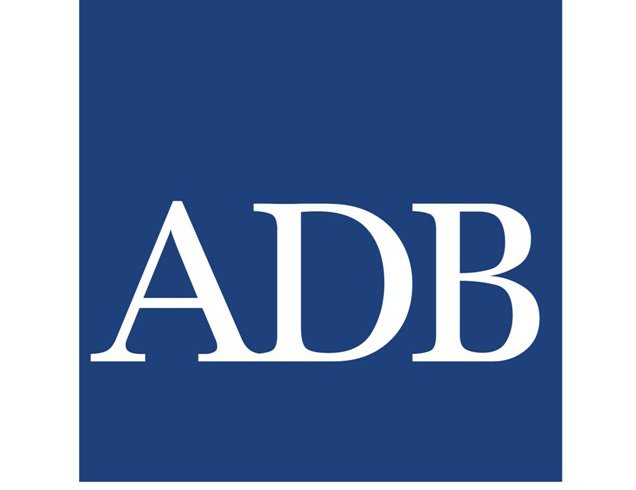
Nepal’s economic growth will remain strong at 6.3% in fiscal year (FY) 2020, according to the Asian Development Bank’s (ADB) Nepal Macroeconomic Update released today. The country’s economy can expand further if the execution of public capital expenditures, including at sub-national levels, improves substantially and private investment remains strong, according to the report.
“Near normal monsoon this fiscal year, efforts to accelerate the implementation of large infrastructure projects, and increase in tourist arrivals will support high growth,” said ADB Country Director for Nepal Mukhtor Khamudkhanov.
The floods in early July damaged paddy saplings in many parts of the country, which could lower agriculture growth compared with FY2019 figures. The industry sector is expected to expand by 7.9% in FY2020, buoyed by improved electricity supply and efforts to improve investment, including in major infrastructure. The services sector will likely grow by 6.9% in FY2020 with the expansion of wholesale and retail trade, financial intermediation, and travel and tourism subsectors.
The update says inflation is projected to rise to 5.5% in FY2020 from 4.6% in FY2019, assuming a somewhat smaller harvest, a marked pickup in government expenditures, and a moderate rise in inflation in India, the country’s main supplier of goods and services.
Nepal’s fiscal deficit moderated to 5.1% of gross domestic product (GDP) in FY2019, down from 6.7% of GDP in FY2018 on lower-than-planned capital expenditures. Execution of capital expenditures at 75.9% in FY2019 was less than that of FY2018 at 81.0%. Bunching of capital expenditure continued in FY2019, undermining the quality of investment.
Nepal increasingly faces the risk of external sector instability due to large trade and current account deficits. The current account deficit moderated to 7.7% of GDP, down from 8.2% in FY2018, on implementation delays of large national pride projects and markedly curbed import growth. Merchandise export growth exceeded expectations, but with low export base, earnings remained small, widening the merchandise trade deficit by 4.4%. While remittance has shown healthy growth, a substantial rise in the near future is unlikely to offset the rise in the trade deficit.
Downside risks to outlook in FY2020 center on challenges to the smooth implementation of federalism. Adequate human resources, mainly technical staff, and capacity in the relatively new sub-national governments coupled with necessary legislative frameworks are required for the smooth implementation of federalism.
- Nepal-China Aid Project Meeting Held In Lhasa
- Apr 25, 2024
- Ambassador Subedi Presented The Letter Of Credence To President Of Italy
- Apr 25, 2024
- Nepal-Qatar Joint Business Council Formed
- Apr 25, 2024
- Weather Forecast: Isolated Brief Rain Is Likely To Occur At Few Places Of Koshi, Sudurpaschim And Karnali
- Apr 25, 2024
- Qatar And Nepal Ink Several MoUs, Returned Home Completing Two Days Visit
- Apr 24, 2024
















